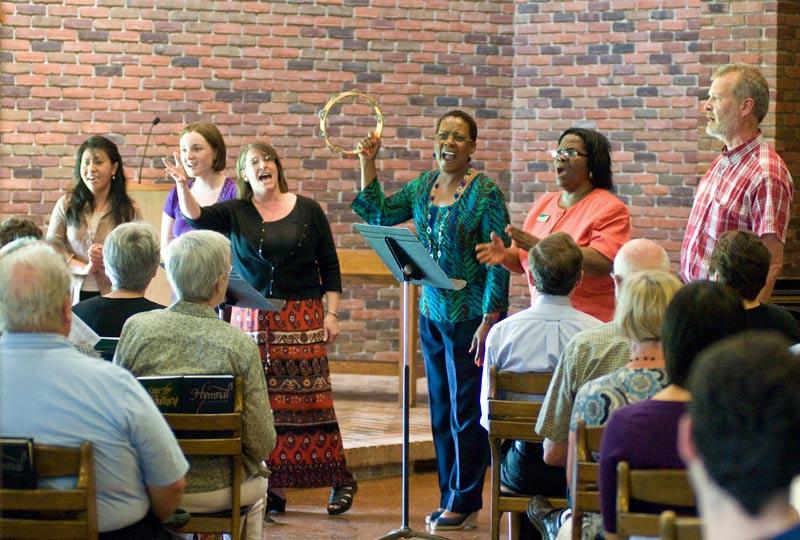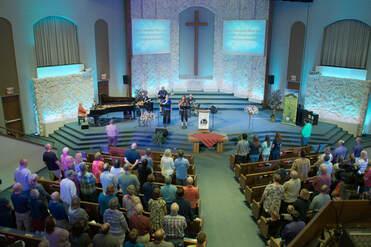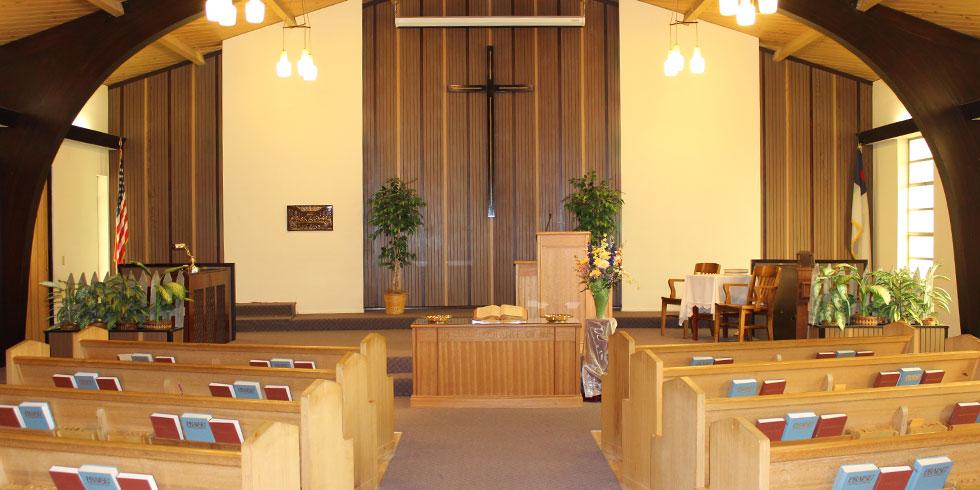In a church denomination that continues to grapple with difficult conversations surrounding inclusion and diversity, a small but significant group stands out as a beacon of hope for progress. Meet the 37.5 percenters of the Mennonite Church USA, a subgroup within the denomination pushing for meaningful change and representation. As the church navigates its evolving identity and mission, these dedicated individuals are leading the charge towards a more inclusive and equitable future.
Table of Contents
- The Concerning Decline of Membership in Mennonite Church USA
- Challenges Faced by the 37.5 percenters in Mennonite Church USA
- Strategies for Revitalizing Membership and Engagement within Mennonite Church USA
- Q&A
- Final Thoughts

The Concerning Decline of Membership in Mennonite Church USA
The Mennonite Church USA has seen a concerning decline in membership in recent years, with a staggering 37.5 percent decrease since 2005. This trend is worrying many leaders within the church, who are grappling with how to reverse this downward spiral and attract new members.
One of the key factors contributing to this decline is the changing demographics within the Mennonite community. With younger generations becoming increasingly disconnected from organized religion, the church is struggling to engage with the next wave of potential members. Additionally, societal shifts and cultural norms are also playing a role in the decline, as traditional values and practices may no longer resonate with a more diverse and evolving population.

Challenges Faced by the 37.5 percenters in Mennonite Church USA
Mennonite Church USA is a diverse faith community with a unique demographic known as the 37.5 percenters. These individuals make up a significant portion of the church and face a number of challenges within the community. One challenge is the struggle to have their voices heard and perspectives valued in a predominantly homogenous environment. Despite their substantial presence in the church, the 37.5 percenters often find themselves marginalized and overlooked in decision-making processes.
Another challenge faced by the 37.5 percenters is the lack of representation in leadership positions within Mennonite Church USA. This can lead to feelings of exclusion and disempowerment among this demographic, as they may not see themselves reflected in the leadership roles that shape the direction of the church. Addressing these challenges and working towards greater inclusivity and diversity within the church is essential for the Mennonite community to thrive and grow in unity.

Strategies for Revitalizing Membership and Engagement within Mennonite Church USA
With a membership decline of 37.5 percent within Mennonite Church USA in the past decade, it is evident that strategies for revitalizing membership and engagement are essential for the future of the church. To address this decline, leadership must prioritize innovative approaches that resonate with both current members and potential new participants.
One key strategy is to focus on creating diverse and inclusive spaces within congregations. By welcoming individuals from different backgrounds and perspectives, the church can foster a sense of belonging and community that attracts new members and keeps existing ones engaged. Additionally, leveraging digital platforms for outreach and communication can help reach a wider audience and connect with individuals who may not attend traditional church services.
Q&A
Q: Who are the “37.5 percenters” in the Mennonite Church USA?
A: The “37.5 percenters” are a group within the Mennonite Church USA who make up 37.5% of the denomination’s voting membership.
Q: What distinguishes the “37.5 percenters” from other members of the Mennonite Church USA?
A: The “37.5 percenters” tend to be more conservative in their theological beliefs and practices compared to the rest of the denomination.
Q: How do the ”37.5 percenters” impact decision-making within the Mennonite Church USA?
A: The “37.5 percenters” hold significant influence within the denomination, often shaping the direction of discussions and decision-making on important issues.
Q: What are some key issues that the “37.5 percenters” are known to advocate for or against?
A: The “37.5 percenters” are often at the forefront of debates on topics such as LGBTQ inclusion, women in leadership, and the church’s stance on social justice issues.
Q: How has the presence of the “37.5 percenters” affected the overall dynamics within the Mennonite Church USA?
A: The presence of the “37.5 percenters” has led to tensions and divisions within the denomination, as members with differing beliefs and priorities navigate their shared community.
Final Thoughts
the 37.5 percenters within the Mennonite Church USA continue to be a controversial and divisive issue within the denomination. As members grapple with questions of inclusion and theological interpretation, the future of the church remains uncertain. Whether they will ultimately be accepted or rejected, one thing is clear: the 37.5 percenters are sparking important conversations about faith, identity, and the role of the church in today’s society. Stay tuned for more updates on this ongoing story. Thank you for reading.
